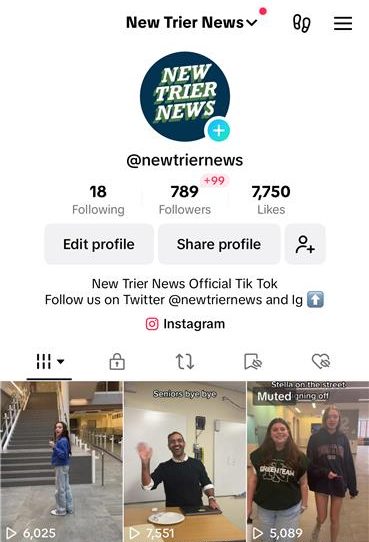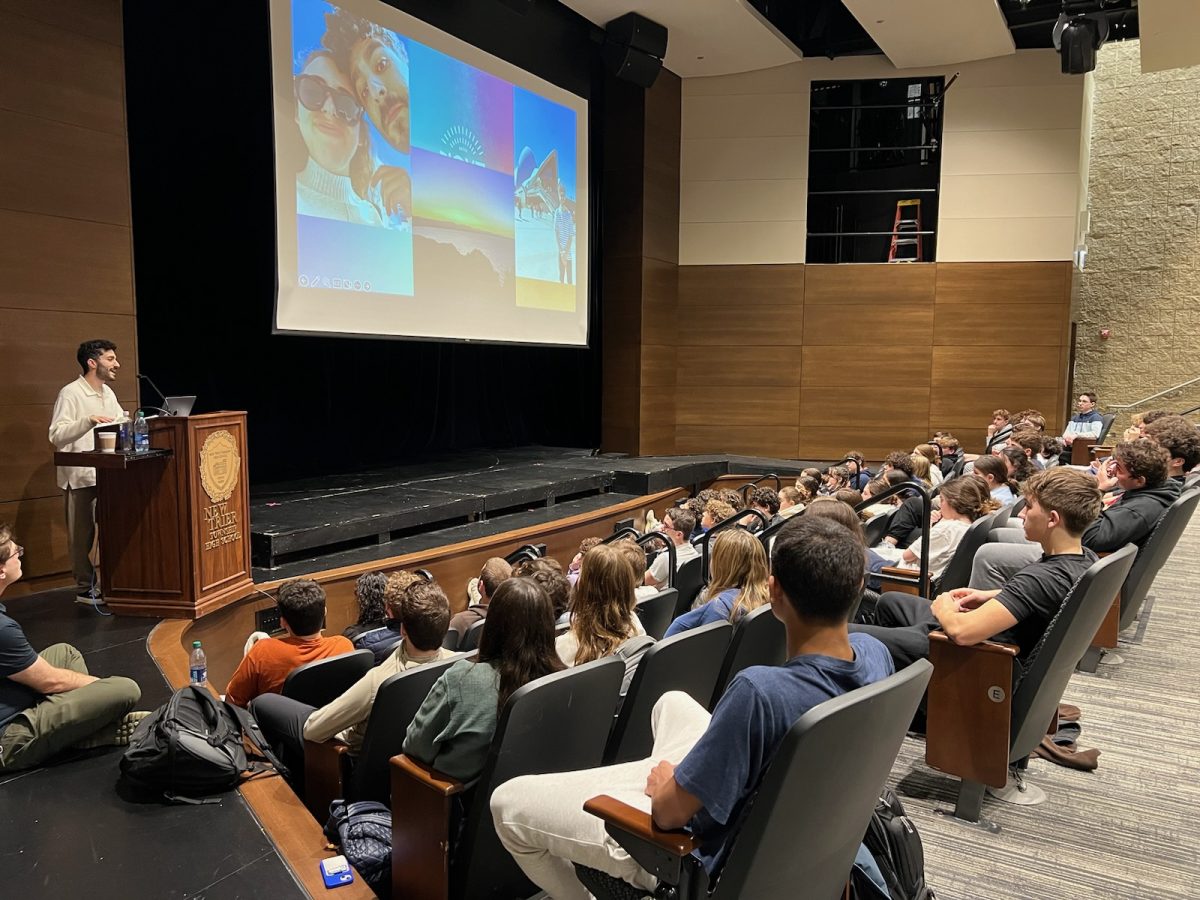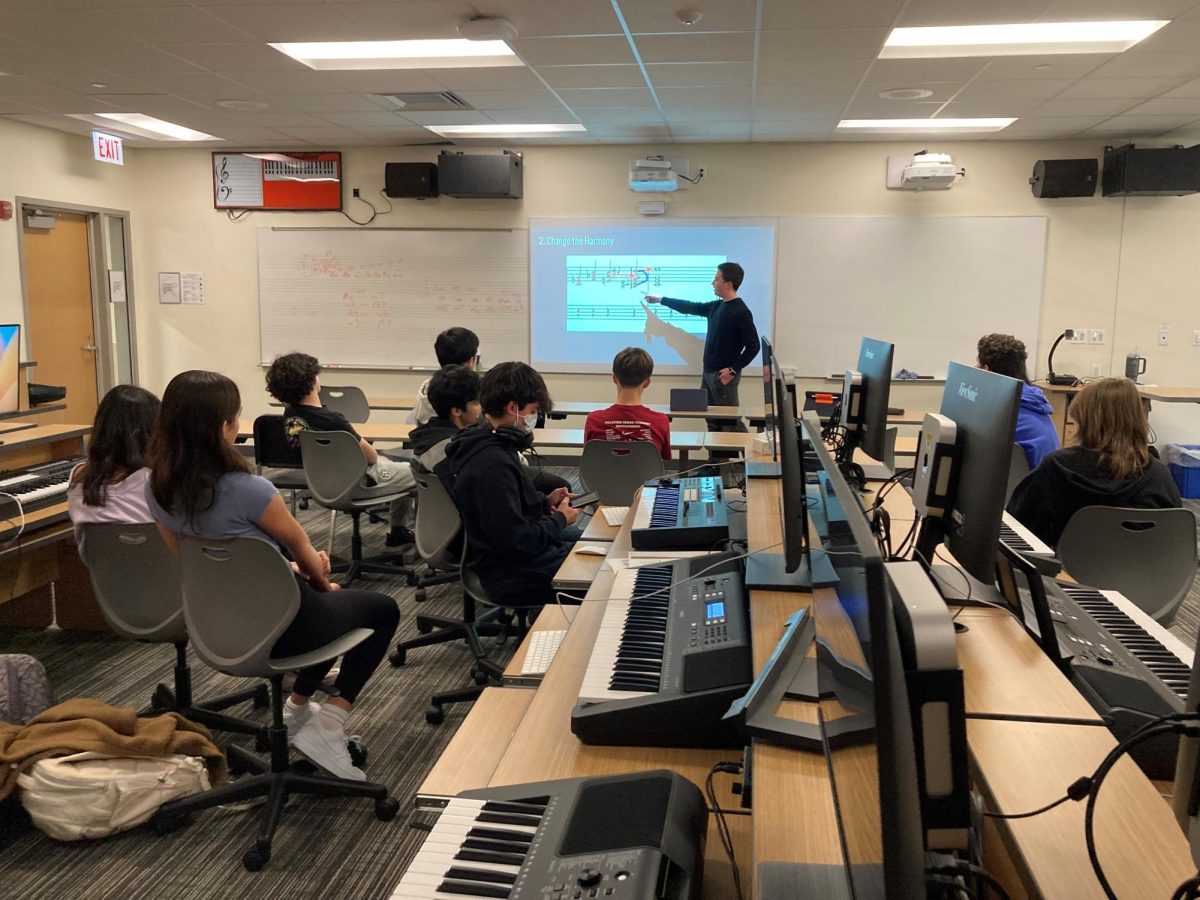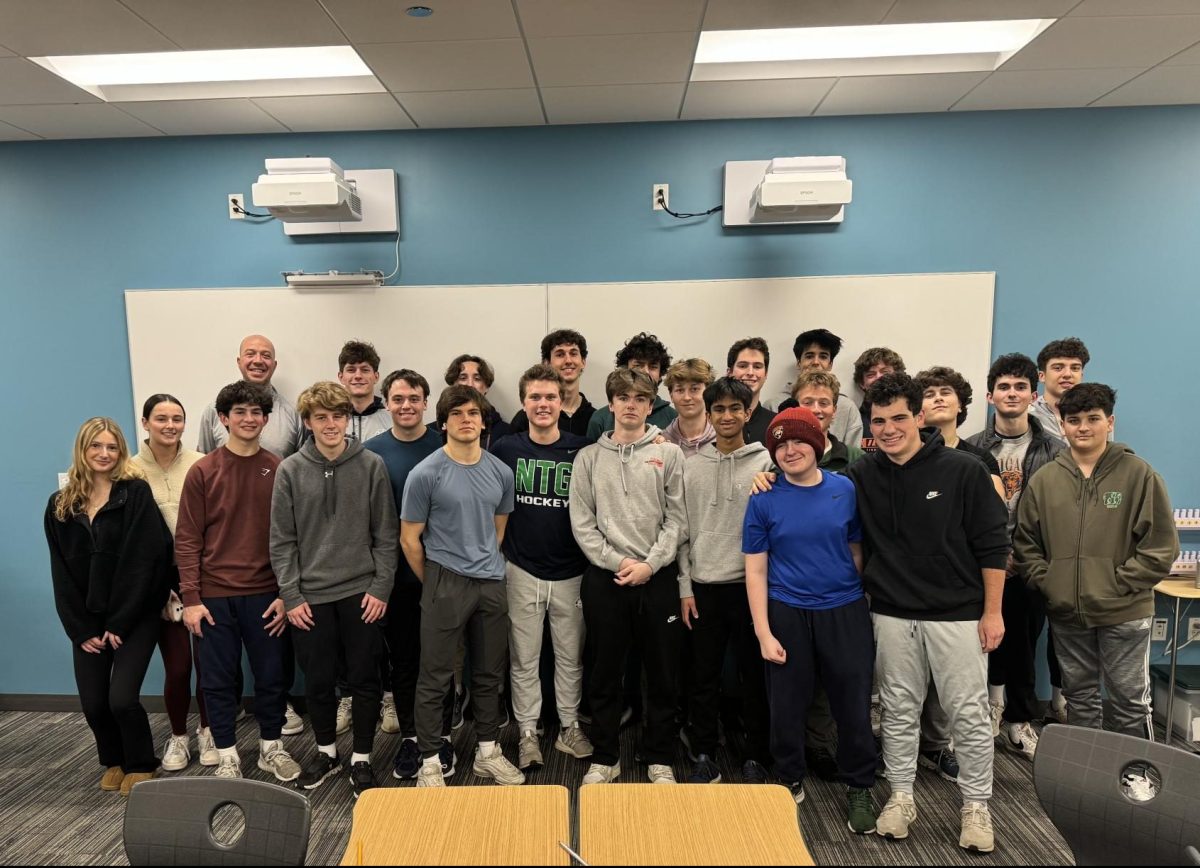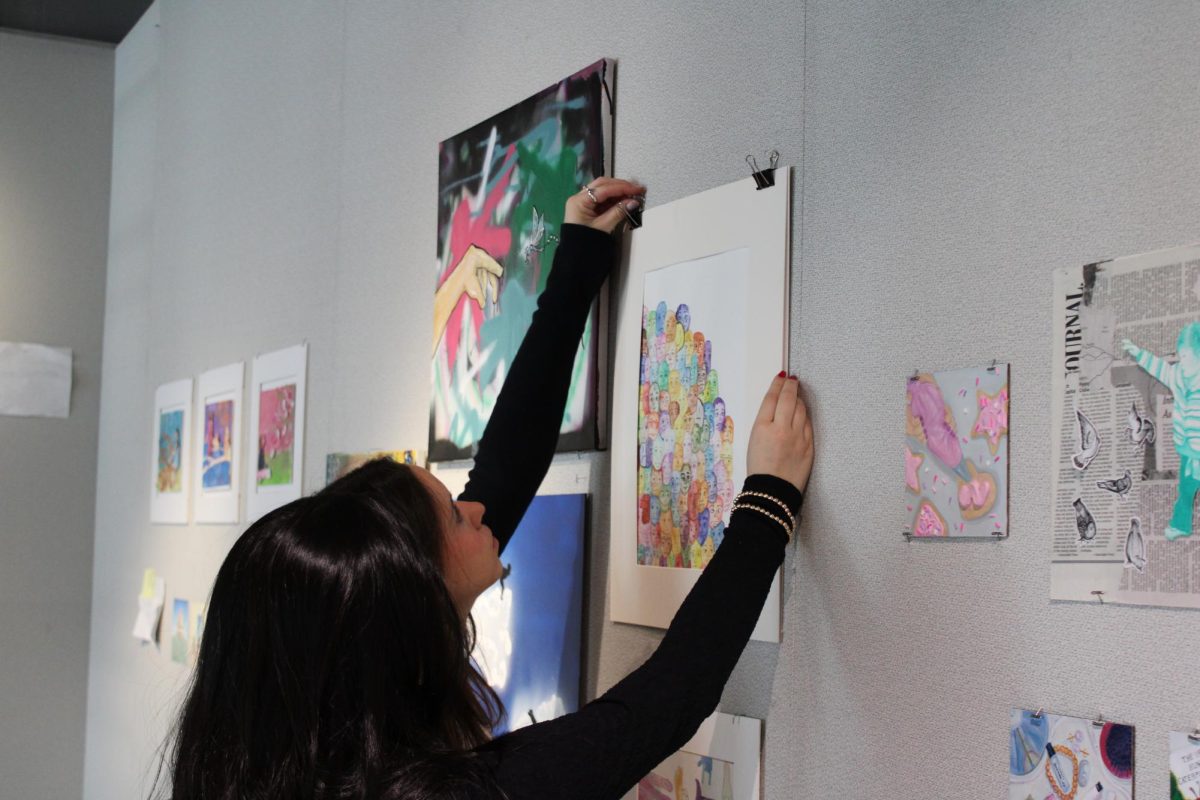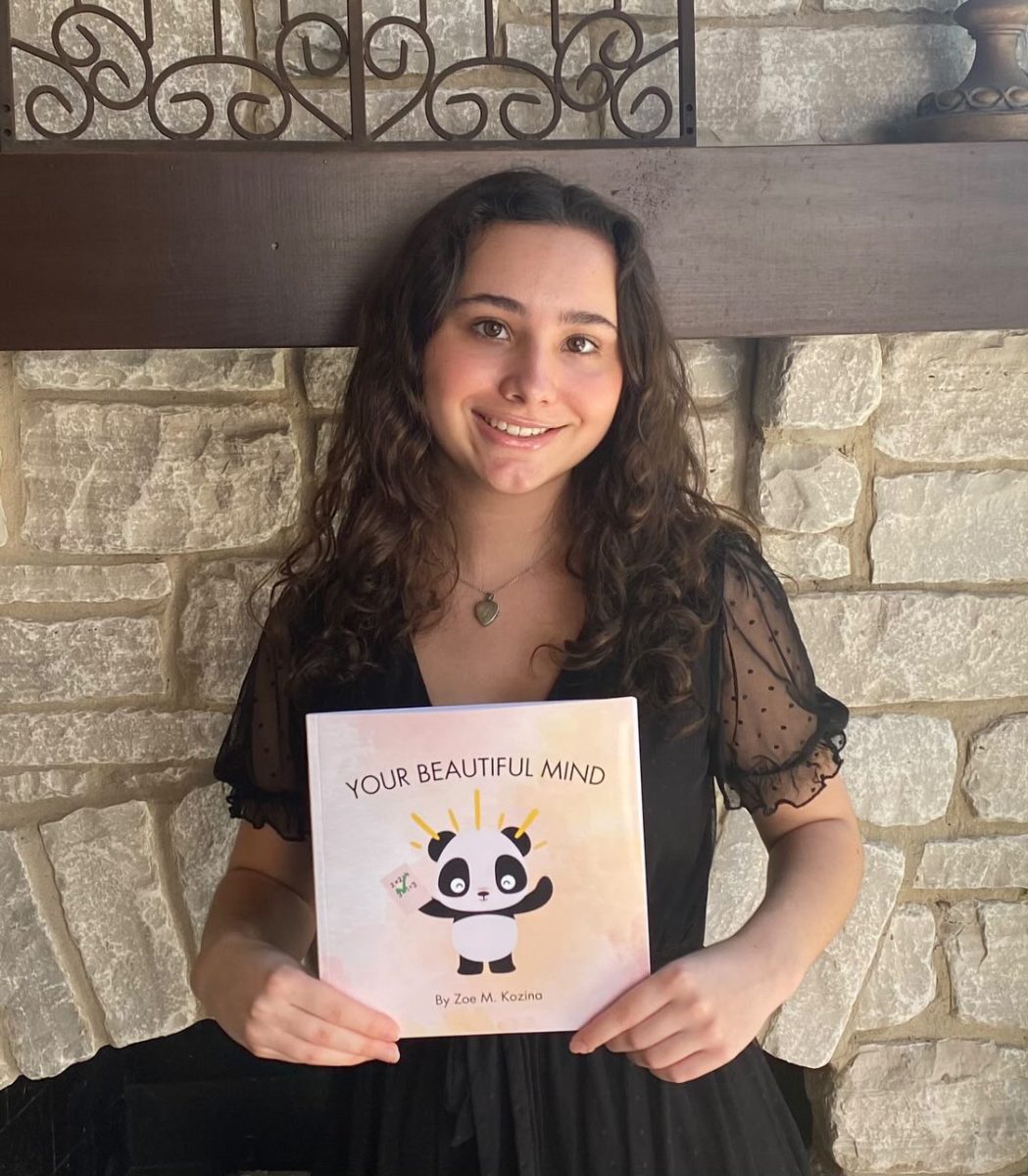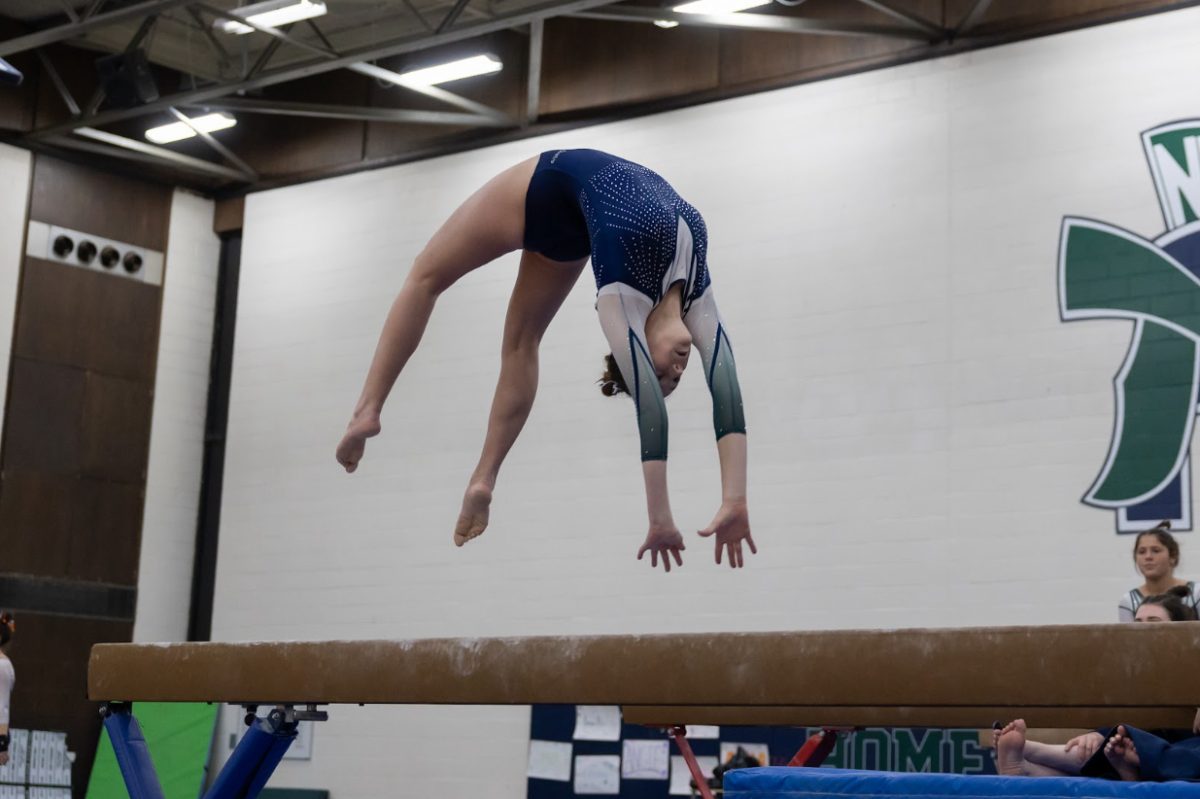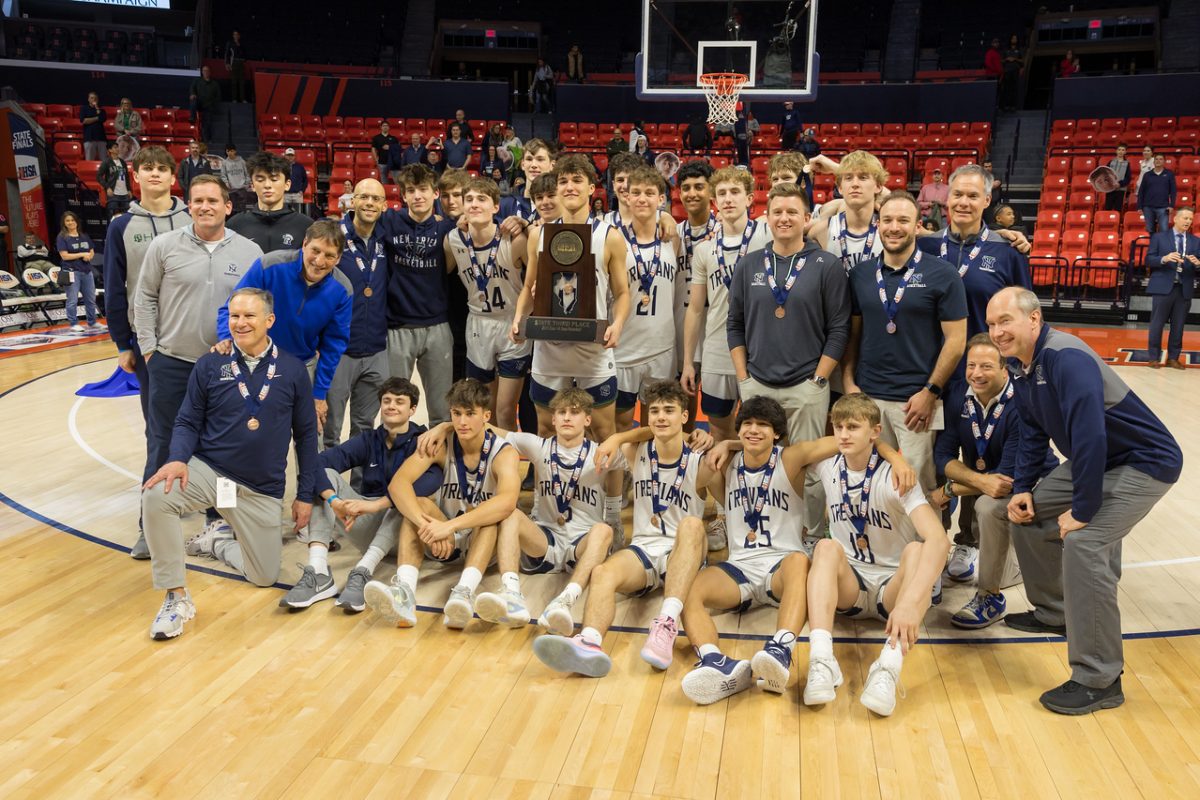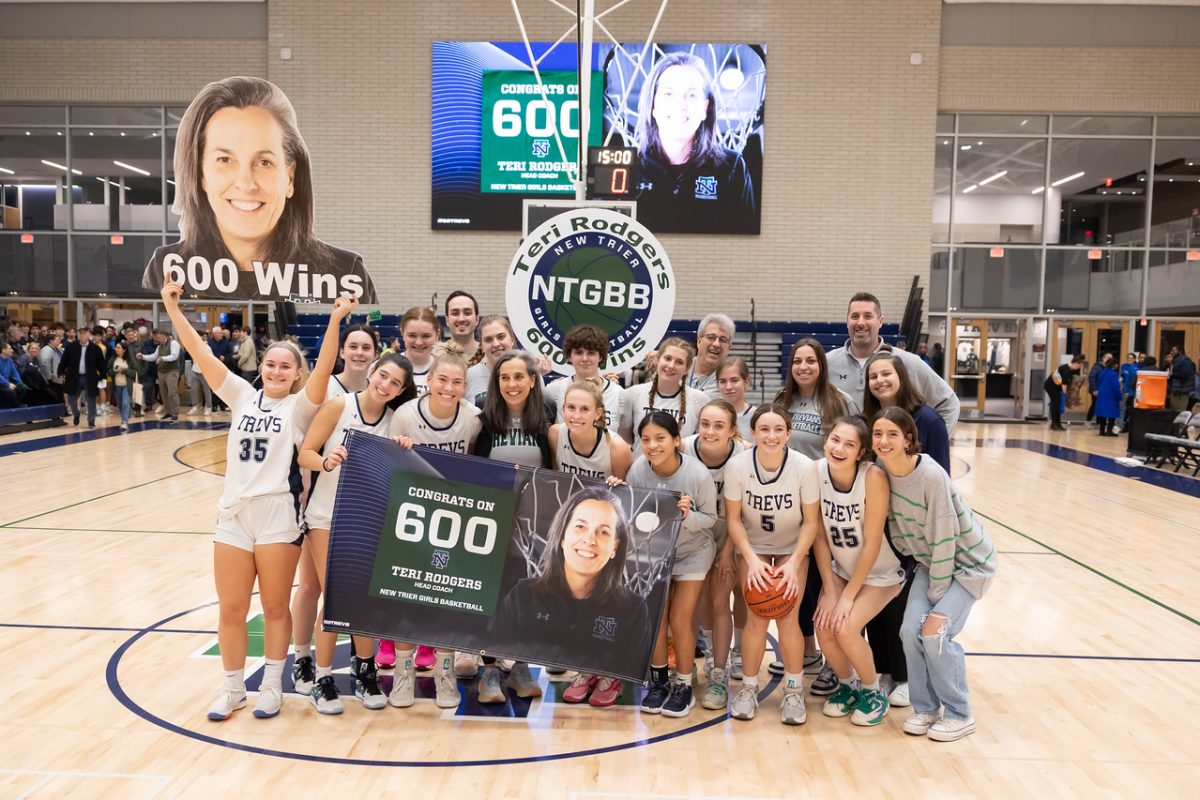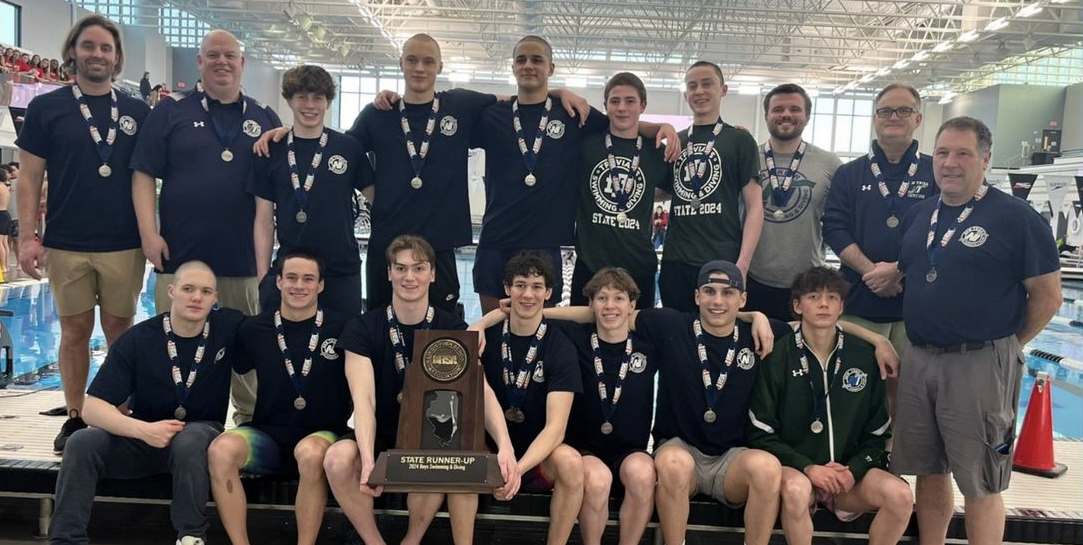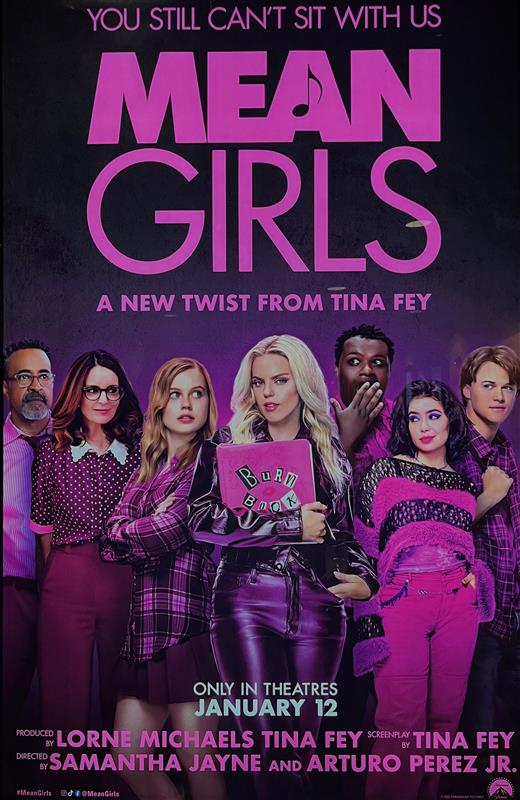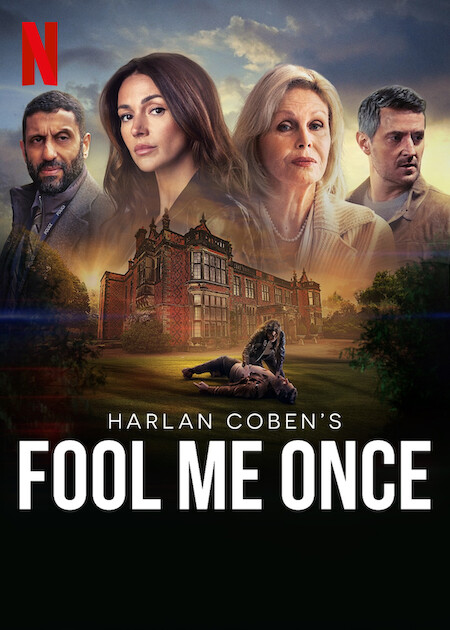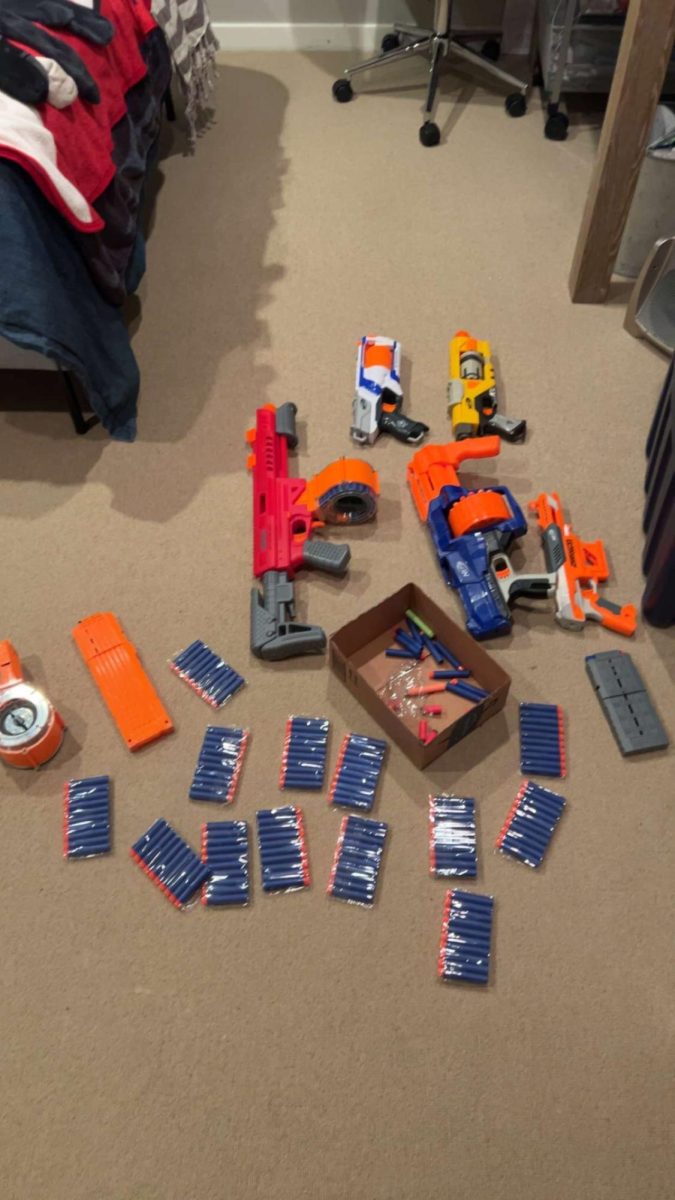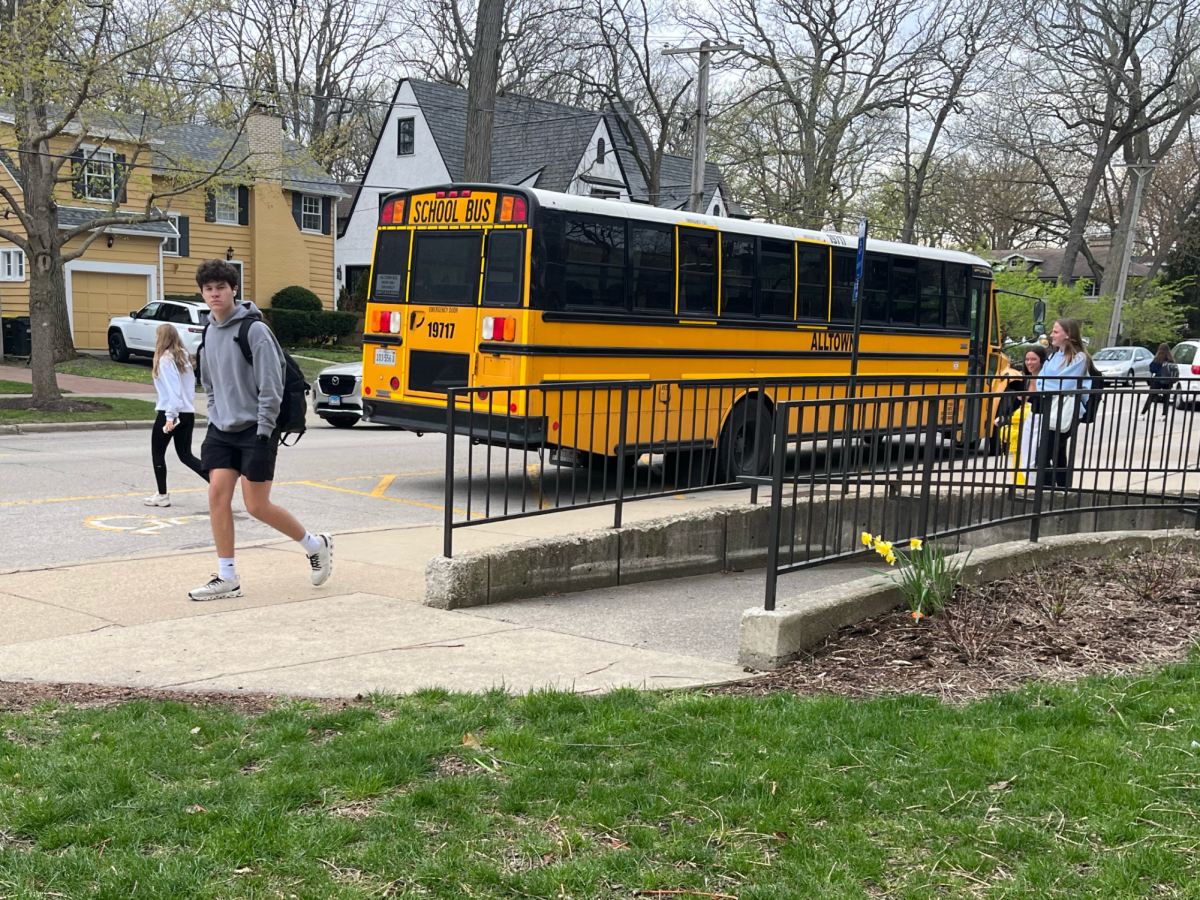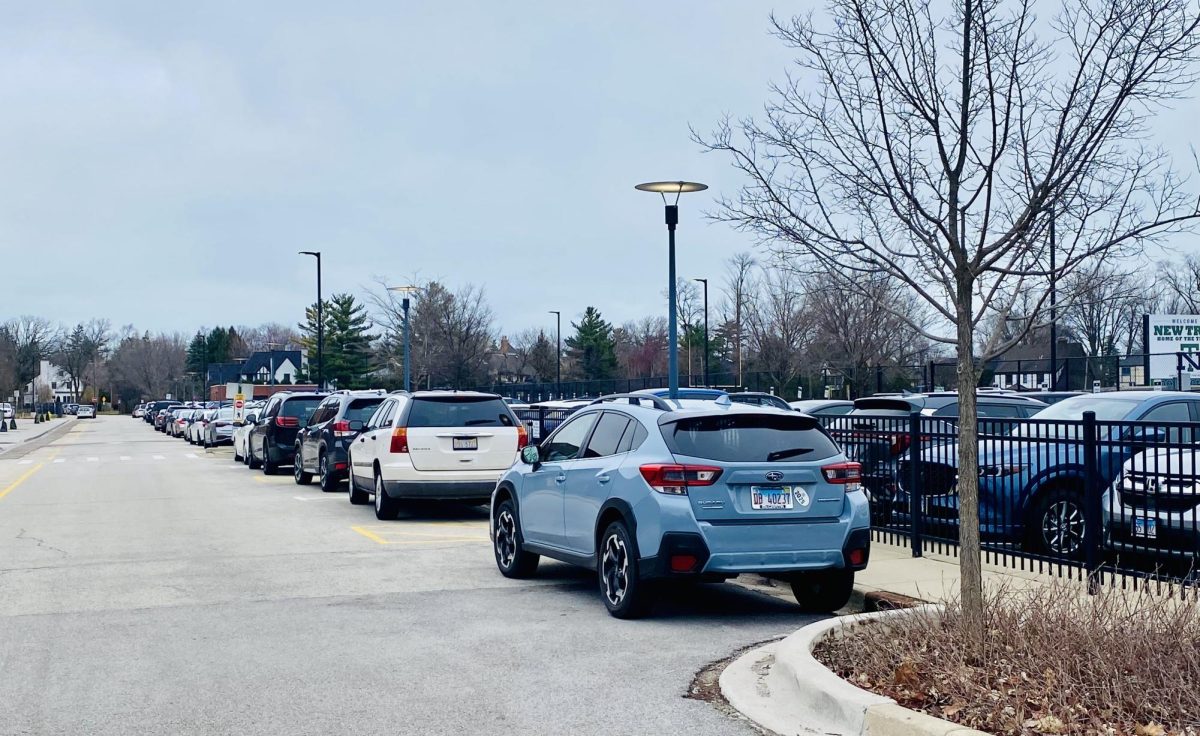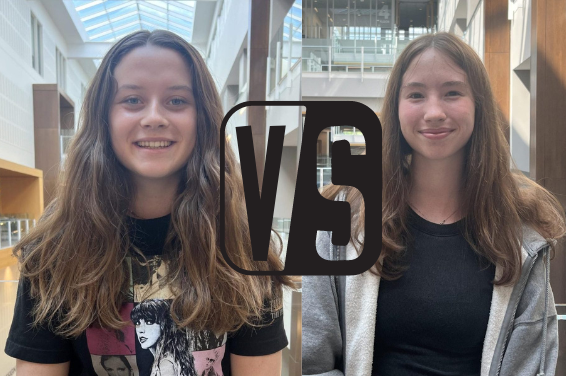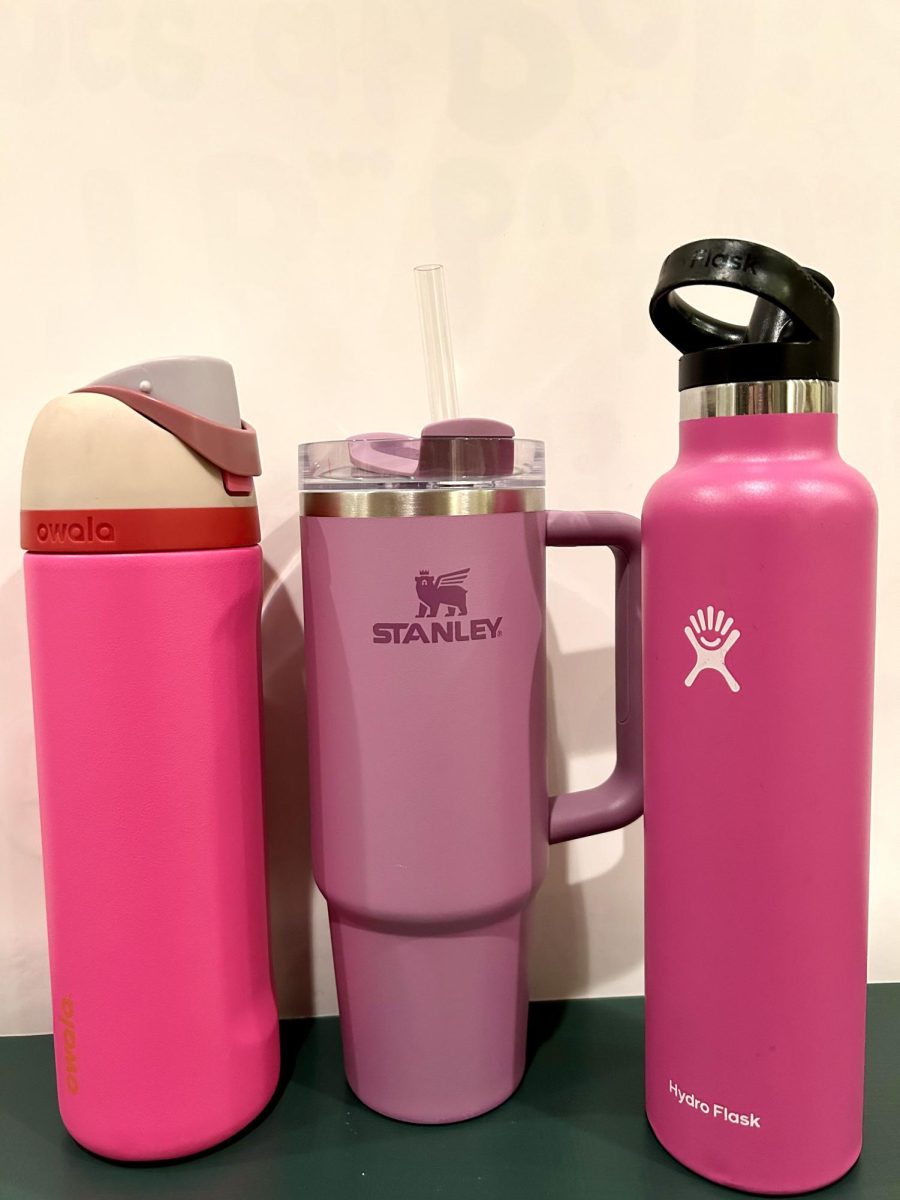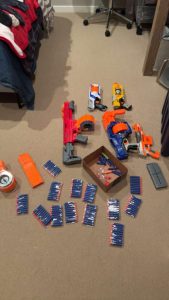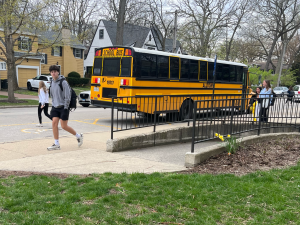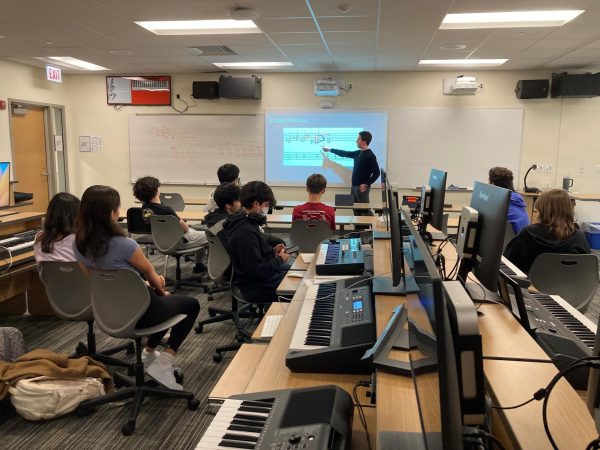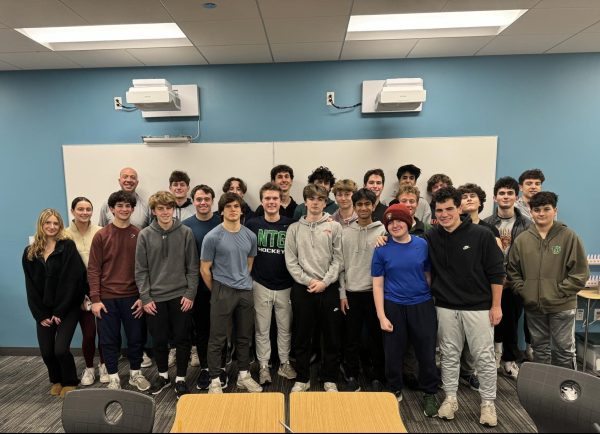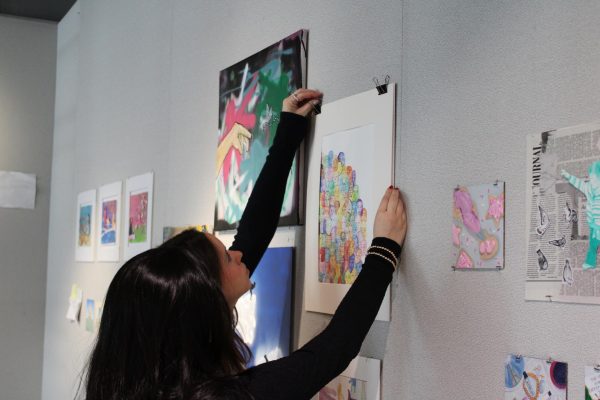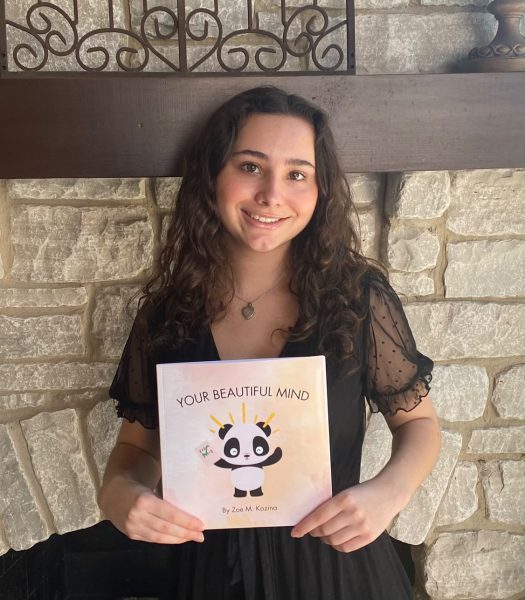Kinesis leaves it to interpretation
Student-led dance troupe forges close student bonds
February 5, 2016
New Trier’s Kinesis dance company performed their annual dance show at the Northfield Campus Cornog Auditorium from Jan. 21-23.
Directed by dance teachers Johannah Wininsky and Christopher Rutt, Kinesis is a New Trier dance company open exclusively to junior and senior dance lab students. It’s mainly student-led and choreographed with Rutt and Wininsky overseeing and critiquing their work.
According to the dancers, the most unique quality of the group is the tight-knit atmosphere. Being in Kinesis means forming a tighter bond with the other dancers. “Mr. Rutt always says it’s not like a normal dance company,” said junior Julia Porta. “We’re more like a family.”
“We rehearse a lot more than others, so we get a lot closer,” junior Caitlin Connaughton said.
All Kinesis dancers must also participate in Dance Lab, a two period college level course. Dance Lab shows the art, craft and science of modern dance with a strong emphasis on choreography. It allows students to “have the opportunity to develop their physical skills as well as their sense of artistry and abstract expression,” according to Wininsky.
This commitment is necessary for the development of the group in various ways. Wininsky said that the 3.5 hours the dancers put in each day “makes for a strong ensemble and sophisticated, inventive thinkers.”
According the Senior Lindsey Ruda, the group dynamic this time creates is just as important as the physical training. “I don’t think we would dance as well together if we all weren’t such good friends,” she said.
Most Kinesis members have extensive dancing experience outside of the group. Porta danced at Chicago Ballet Arts until freshman year, and Connaughton currently dances at Evanston School of Ballet. Connaughton also said that dance will be a factor in her college decision next year.
However, Wininsky made it clear that natural talent was not the only factor in choosing dancers for the group. She and Rutt look for dedication just as much as technical skill. “We look for students who have open minds and compassionate natures,” she said. “High kicks and split leaps are fine, but they are secondary to dancing with intent and authenticity.”
A notable quality unique to Kinesis is the amount of student leadership involved. Porta explained, “It’s student choreography with rarely any interference from the teachers.” However, Rutt and Wininsky did choreograph one dance in this show.
Kinesis’s performances are always a unique experience. While there’s no single theme for the show, each dance is made with a specific intent in mind. “Human relationships, the power of hope and a sense of rebuilding after a tragedy, body image, the magic of literature, and the dangers of technology are a few of them,” said Rutt.
Junior Kristy Zeng, is enrolled in Dance Lab but not in Kinesis, and was very impressed by the performance. “I’m so excited,” she said before the show, “because I know they worked really hard on it.”
After the show, she specifically remembered a dance that illustrated the differences between the left and right side of the brain.
Because some of the dances might have been difficult to interpret, the group provided clues on the program notes. They hinted to look out for sharp or smooth movements, something that resembles a shark, or “patterns, types of movement, or anything that helps you understand what the dance is about,” according to Zeng.
In addition to dance, they put a lot of effort into working together and communicating as a team. “Because this group must bond and become an ensemble during the 4 month season, dance divas are avoided,” Rutt said. “Each dancer must be able to temper his or her ego for the sake of the group.”
Kinesis tries to give back outside of New Trier, as well. According to Wininsky, “After the performances are over, Kinesis switches focus to outreach, often performing for middle schools and retirement communities.”
One project Kinesis does goes through a program called Story Catchers Theatre. In this program, Kinesis members get together with residents of a facility called Illinois Youth Center-Warrenville, a medium-maximum female juvenile security facility in Illinois.
Wininsky said that both groups then “collaborate in a one-day workshop where they share their personal stories and express them through movement and music.”
Ruda expressed her appreciation for the group as a whole, saying, “There aren’t many environments in which you can have so many people that all have different training backgrounds.”



